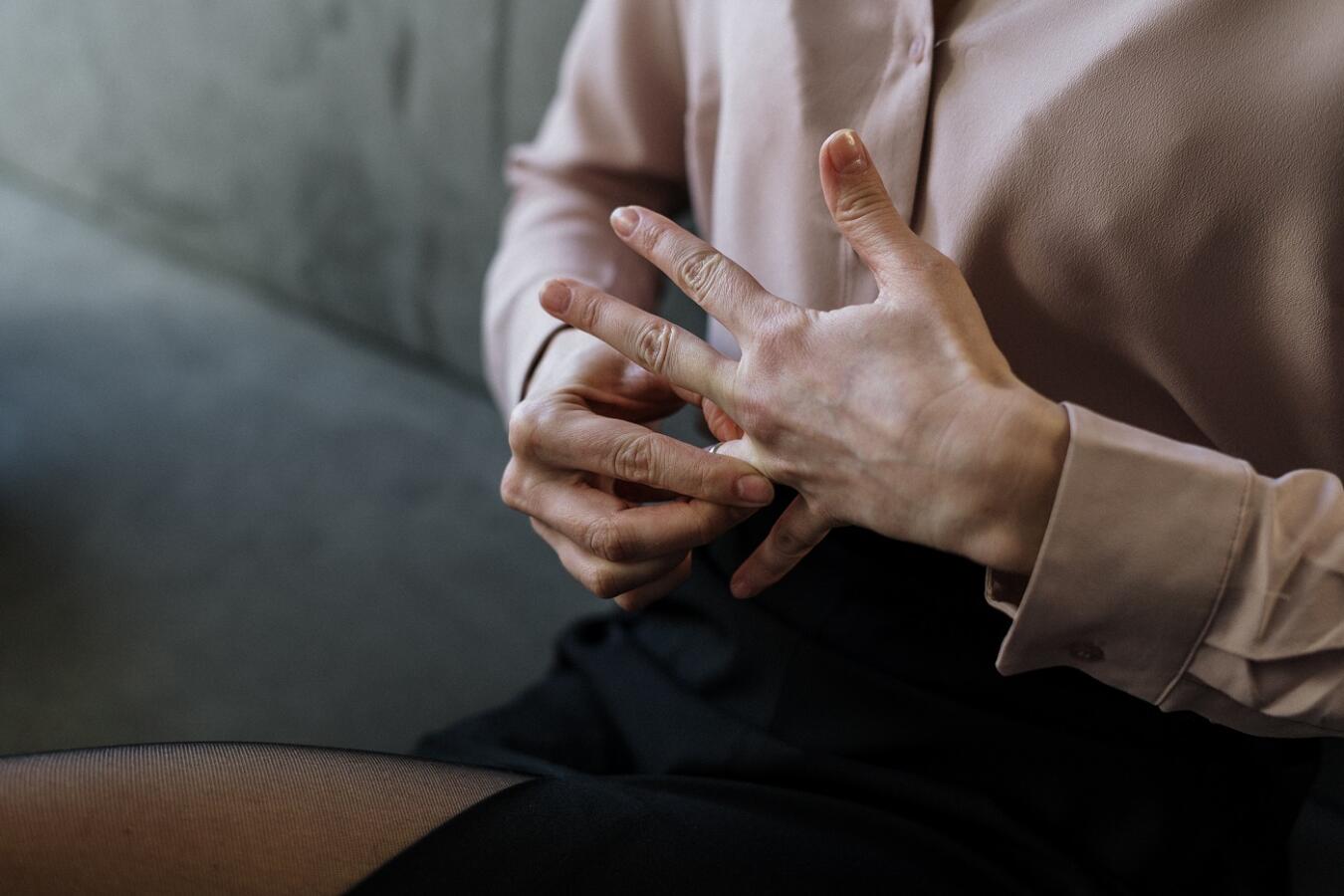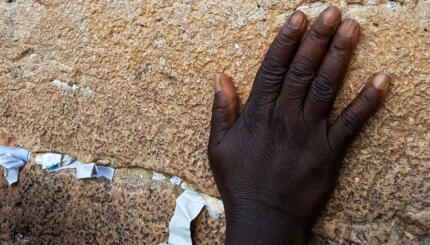In 1869 the Reform movement voted to accept civil divorce alone as dissolving a marriage. The decision grew out of a concern over the power imbalance in a Jewish divorce (which must be granted by the husband) and the devastating consequences for traditional women who could not obtain a get, or Jewish bill of divorce. Paradoxically, contemporary Reform Jews have begun to recognize that a religious divorce can provide spiritual and psychological closure, and some rabbis are offering modified Jewish divorce ceremonies. The Reconstructionist movement also accepts a civil divorce if the husband is unwilling to provide a get. The Conservative and Orthodox movements require a religious divorce to end a Jewish marriage. The following series of passages examine the new acceptance of religious divorce in the most liberal movements.
Reform and Reconstructionist Movements Encouraging a Religious Ceremony
Samuel Atlas, the talmudist professor of philosophy at Hebrew Union College, determined that the meaning of “dina d’malkhuta dina” (“the law of the land is law in civil matters”)–a great principle of Jewish law–is that a civil divorce is a get. So the Reform movement’s posture is that the moment a man and woman divorce in a civil court in the U.S., it is considered dissolved in the eyes of Jewish law.
However, as Rabbi [Reeve] Brenner [rabbi of the National Institutes of Health in Bethesda, Maryland]… explains, the application of dina d’malkhuta dina in the case of marriage is not universally accepted in the Reform movement. For the sake of unity among all Jews, the Reform movement now urges separating spouses to get a religious divorce in addition to the civil one. They say that when a couple marries as religious people, then the dissolution of such a marriage should also be religious.
The Reform movement understands divorce not just as a legal matter, but as a spiritual one, as well. A religious get is sometimes needed psychologically to help the separating couple begin new lives after the divorce. A divorce is transformative just as a marriage is, and, therefore, akin to all lifecycle events, rabbis should be part of it.
The Reconstructionist movement will also accept a civil divorce as a get. However, as Rabbi Steve Segar of the Reconstructionist Havurah of Cleveland explains, he would strongly encourage a religious separation ceremony symbolizing the relinquishing of the relationship. Segar would encourage the husband or wife to undergo such a ceremony individually, even if the former spouse were to refuse to participate.
– Nurete Brenner. Reprinted with permission from “Prenuptial accord good to ‘get’ prior to wedding” in the Cleveland Jewish News.
Religious Ritual Helps Couple Acknowledge Loss
The way we divorce is changing. These days, we’re more likely to choose a religious ritual to mark the end of our marriages. Says Rabbi Sharon Sobel, Regional Director of the Canadian Council for Reform Judaism, “Rituals help effect a transformation. With a civil divorce, when it’s done, it’s done. But how do you acknowledge the loss of a marriage and relationship, even if it wasn’t a great one?”
– Jennifer M. Paquette, “Guide to Religious Divorce Rituals,” www.beliefnet.com
Jewish Divorce Recognizes the Pain, Allowing for a New Beginning
“When a man divorces the wife of his youth, even the altar of God sheds tears” (Gittin 90b).
In most divorces, God is not the only one to shed tears. Divorce is not only the end of a marriage, but also a kind of death that must be mourned before one can go on to create new dreams.
As a Reform rabbi, I had worked over the years with many individuals who were going through divorces. I thought I understood their pain, their shame, their anger, and their grief. I had often seen that civil divorce wasn’t sufficient to help people separate emotionally as well as financially and physically. I thought I understood the need for Jewish ritual to help them move through their loss to a place where they could begin again. I thought I understood that divinity needed to be present as a marriage ended just as it is present under the huppah [marriage canopy] when a marriage begins. I thought I had understood it all, but it wasn’t until my marriage ended after 12 years, two children, and a thousand shattered dreams that I really began to understand.
I know full well that a traditional get [Jewish divorce] is a patriarchal ritual in which a man releases his wife, and his wife is released. Therefore, I was surprised to discover that I wanted a get. It was not for political reasons–i.e. so that no one would even question the status of any children that might come from a subsequent marriage–for I was already 40; there was little chance of other children.
My reason was personal, not political. I felt I needed to be released, to be set free from the commitments and the promises I had made to this marriage and to the man I had loved since I was 20 years old. I needed to face him one last time and to hear him acknowledge through ancient words that our dreams had been shattered and that the sacred bonds that had connected us had been destroyed. I didn’t want the ritual that ended our marriage to be easy or pleasant; I wanted it to reflect the pain and dislocation that I felt. I somehow believed that only by facing the pain could I begin to reconnect with the holiness in my life.



